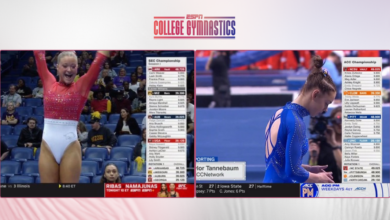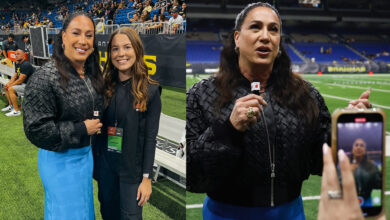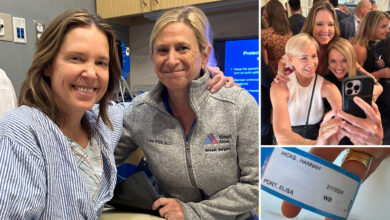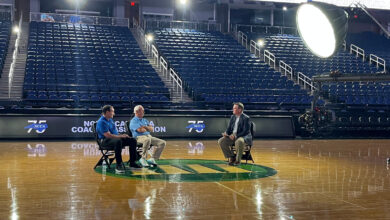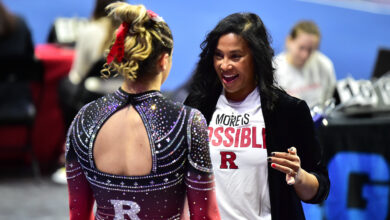Seeing and hearing BCS title games goes to new levels
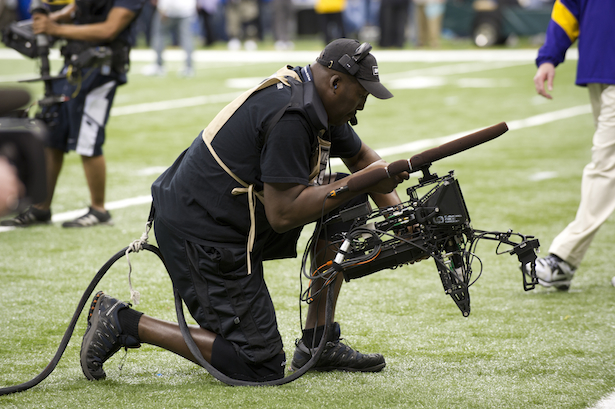
(Phil Ellsworth / ESPN)
With Monday’s BCS National Championship Game (8:30 p.m. ET, ESPN, ESPN Deportes, ESPN Radio & ESPN 3D) now just four days away, ESPN is making significant strides through the use of audio and visual enhancements to ensure a superior experience for viewers and fans at home.
“Our Remote Operations team is already hard at work setting up the significant infrastructure required to support a game of this stature,” said Chris Calcinari, vice president of ESPN and ABC Sports remote operations. “Every enhancement being put in place is designed to improve the viewer experience; allowing them to see, hear and feel the event through the technology that we use.”
This year’s visual and audio enhancements — some of which were also used for the Jan. 1 Rose Bowl — include:
• ESPN deploying 39 (2D and 3D) cameras in total for the National Championship Game and studio coverage.
• Multiple high motion camera systems, eight robotic cameras, a steadi-cam and two jib mounted cameras.
• Use of SpiderCam, which made its college football return during the Rose Bowl production, and will be used again this coming Monday. Following its debut during college football last year, the four-point aerial camera (that can be piloted along an X, Y and Z axis), returns to college football after a season on ESPN’s Monday Night Football.
• Audio enhancement which will be achieved by operating on a scale that more closely resembles a Monday Night Football production. Surround microphones will be added throughout the stadium, along with microphones in areas that will give the viewer an inside perspective, including mics deployed along with cameras in the parking lot, fan areas in the end zones, in the hallways outside player locker rooms, on the SpiderCam above the field and on jibs located near the stands.
Through the use of these 39 cameras, the team will have the opportunity to capture higher frame rates, provide new angles, insider views and more. According to Calcinari, everything is done to ensure a picture-perfect experience for viewers at home, striving to make the TV experience as real as possible.
In addition, existing virtual technology has been developed during the regular college football season to be integrated with cameras on long jib arms for postseason coverage. The virtual technology software is a real-time graphics rendering engine that allows digital manipulation of live game footage. The technology has been used by ESPN for several years on a variety of different applications to add virtual graphics into shots during a live broadcast. ESPN will enhance images from two jib cameras and will share the footage between College GameDay and game coverage.
